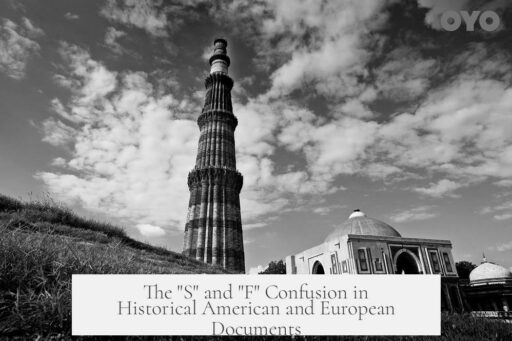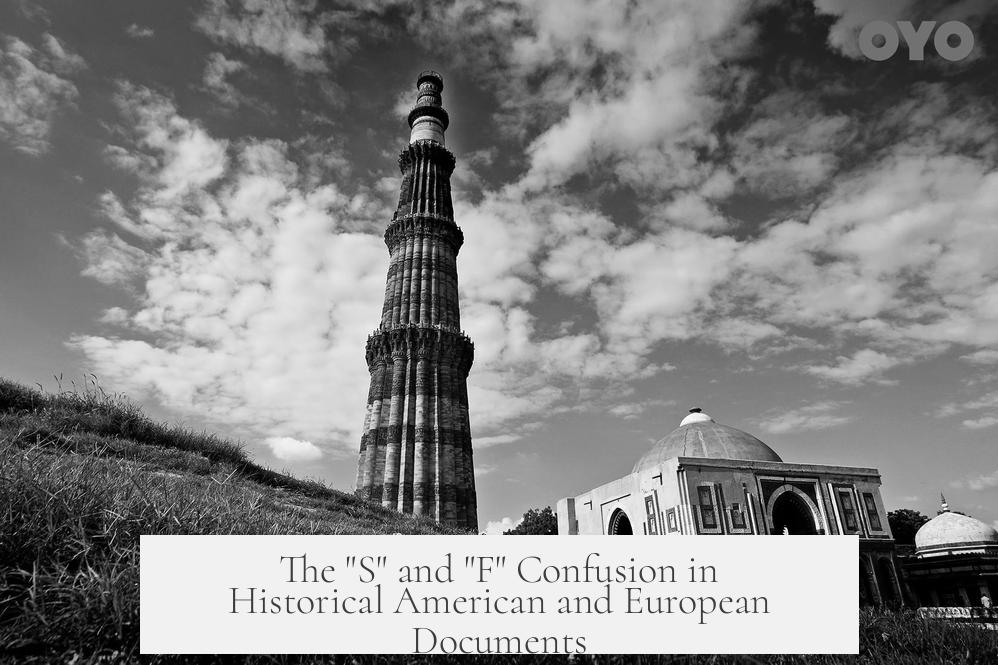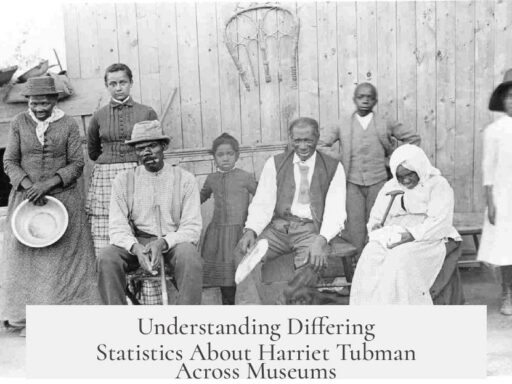The “s” that looks like an “f” in older American and European documents is known as the long s (s). This typographical form was common until the 19th century. Though it resembles the letter “f,” it represents the letter “s” and appears mostly at the beginning or middle of words, never at the end.
The long s traces back to Roman cursive writing. It evolved from the medial form of the letter “s,” which appeared in the middle of words. In older scripts, the long s served as a positional variant of the letter “s,” similar to how some modern alphabets adjust certain letters depending on their place within a word. For example, Greek uses different sigma forms (Σ, σ, ς), and Arabic employs final forms for some letters.
Document printers and writers used the long s at the start and in the middle of words. The shorter, modern “s” was reserved for word endings. This distinction between long s and short s helped reinforce the word’s structure, even though these two forms represented the same sound.
| Letter Form | Use in Words | Appearance |
|---|---|---|
| Long S (s) | Beginning & Middle | Looks like “f” without full horizontal crossbar or with a short crossbar |
| Short S (s) | End of words | Modern “s” form common today |
Many readers unfamiliar with the long s mistake it for an “f.” The confusion arises because the long s shares a similar shape to the lowercase “f” but usually lacks a full horizontal stroke across its stem. The tiniest crossbar on the long s can appear like part of an “f,” especially in certain typefaces or handwritten styles.
In words containing double s, such as “Mississippi,” the long s precedes the short s. It would be written as “Missippi,” where the first s in the pair is the long s (s), while the second s is the short s.
Examples illustrate the usage clearly. A word like “sentiments” would appear as “sentiments,” with the initial “s” written as a long s. Similarly, “sasquatches” might be written as “sasquatches,” employing long s forms for the first two occurrence of “s,” while the final “s” remains short. This system enforced a clear positional usage.
The gradual decline of the long s occurred in the 19th century. Printers discarded the long s first when modern typefaces and printing processes simplified text appearance. Later, handwriting began to phase it out. By the late 1800s, the long s disappeared from most printed and handwritten documents, replaced entirely by the short s we use today.
This evolution was part of broader changes in typography and literacy. The simplification improved readability and reduced confusion in printed materials. Typographers and typewriters adopted the modern “s” exclusively to streamline the production process.
Historically, the long s’s origin relates to differences in how majuscule (uppercase) and minuscule (lowercase) letters were written. Scribes developed distinct forms for each context. The long s adapted from lowercase cursive forms, becoming a standard for medial and initial uses.
Understanding the long s expands comprehension of historical texts. It reveals how spelling and letterforms evolved over centuries. When reading older manuscripts, recognizing that the “f”-looking characters are actually long s’s helps avoid misinterpretation.
- The long s (s) is a variant of the letter “s” used historically in the start and middle of words, never at the end.
- Its shape resembles an “f” but lacks a full horizontal crossbar, causing modern readers to confuse the two letters.
- The use of long s originates from Roman cursive and scribal handwriting traditions differentiating letter forms by position.
- It was phased out during the 19th century as printing and typing technologies advanced, leaving only the short “s” in use.
- Recognizing the long s helps readers accurately interpret older documents and understand historical typographical practices.
For additional details, resources like Wikipedia’s Long S article provide comprehensive information. Historical document archives also showcase examples of long s usage across centuries.




